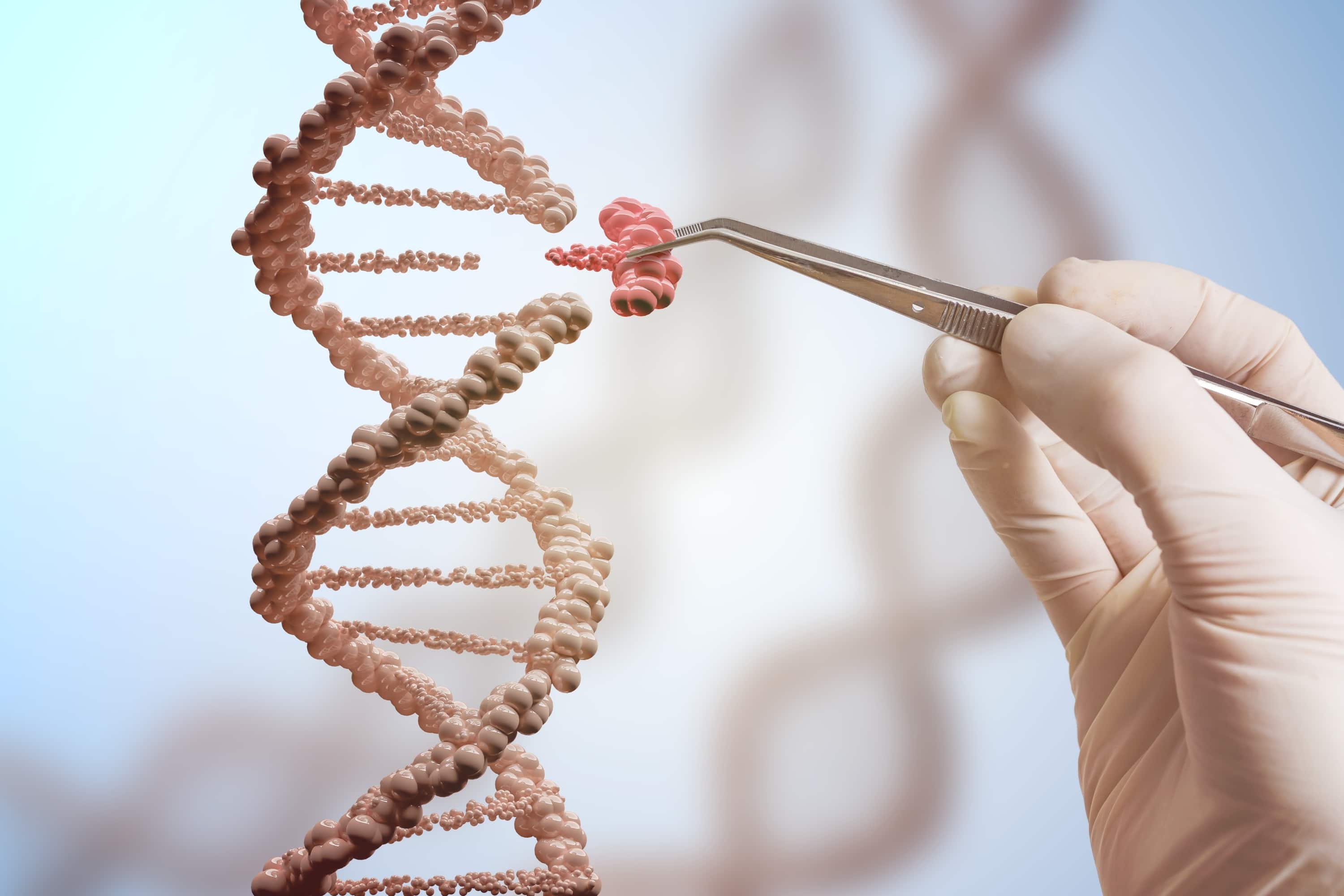
Gene therapy is an experimental technique for the treatment and prevention of disease by correcting its genetic cause through the introduction of a gene into targeted cells to either replace a mutated or missing gene, inactivate a defective gene, or introduce a new gene. The therapeutic benefits of gene editing as a medical intervention suggest new possibilities for the utilization of such technology for genetic enhancement, specifically increasing muscle strength, endurance, longevity, and intelligence. While there are currently no FDA-approved gene therapies in the U.S., a great amount of research is underway and the approval of therapies in or soon to enter clinical trials is expected in the near future.
A therapeutic gene enters its target cell by one of two types of gene transfer systems: viral vectors and non-viral carriers. Viral vectors are viruses rendered nonpathogenic and genetically-engineered to carry a therapeutic gene. DNA can also be transferred by non-viral carriers either by physical or chemical methods. Physical delivery systems use physical forces to weaken the target cell’s membrane and don’t involve a carrier. Chemical delivery systems introduce DNA into the nucleus through a carrier prepared by certain chemical reactions. Viral vectors’ high cost and ability to provoke an immune response led to the creation of these alternative delivery methods, however, viral vectors remain the most commonly used in gene therapy due to their efficiency. With gene transfer dependent on an efficient and safe gene delivery vehicle, developing such systems remains a challenge to the progress of gene therapy.
Since 1990, there have been over 1500 approved clinical gene therapy trials. Currently, gene therapy is only being tested on diseases with no known cures. Improvements from gene therapy treatments in diseases such as immunodeficiency diseases, cancer and eye disorders have been observed, however, effective and long-term treatment for certain anemia, hemophilia, cystic fibrosis, muscular dystrophy, and cardiovascular disease to name a few remain elusive.
Many candidates for genes that increase muscle strength have been studied for gene therapy to treat muscular dystrophies. Studies have indicated the potential for AAV-mediated follistatin gene therapy. Follistatin is an antagonist for myostatin, a negative regulator of muscle growth. Research has shown that blocking myostatin led to enhanced muscle strength and continuous muscle growth. Peroxisome proliferator-activated receptor-d (PPARd), another candidate for gene therapy, is also involved in muscle formation. Transgenic mice with an activated form of the gene demonstrated increased endurance and running capacity, and PPARd gene polymorphisms in humans are associated with cardiorespiratory fitness. The hormone erythropoietin (EPO) regulates erythrocyte production and is therapeutically used for the treatment of anemia. EPO gene therapy delivers an extra EPO gene copy into the body, and the subsequent increase in erythrocyte levels augments endurance by increasing oxygen carrying capacity.
Instead of treating disease, genetic enhancement employs gene therapy strategies to improve human capacities. Studies on gene therapy to treat degenerative muscle disorders and certain anemia have elucidated possible techniques to enhance strength and endurance. The potential application of such discoveries calls into question the distinction between therapy and enhancement. This is especially apparent with gene therapy to increase “the time of life free of disease”, which potentiates life span extension. A study showed that telomerase reverse transcriptase (TERT) gene therapy in mice led to an increase in median lifespan, with telomerase acting “as a longevity gene in the context of the organism by preventing premature telomere attrition”. Although longevity has been found amenable to modulation in model systems, the nature and implications of both the epigenetic factors determining life span and the many genes whose frequencies vary with age remain unknown, hindering the feasibility of anti-aging gene therapy.
Genes that influence intelligence are also of great interest. Although many studies have been conducted, researchers have yet to conclusively identify any genes that dictate differences in intelligence among individuals. Studies suggest that 50% of this difference is attributed to genetic factors. Specific circuits within cortical areas have been hypothesized to encode learning and memory. Researchers have shown that the activation of protein kinase C (PKC) pathways in some of a circuit’s neurons activates the cortical circuit and thus improves learning: intracranial gene delivery of PKC into the postrhinal cortex of rats led to an improved learning rate.
The mode of gene editing techniques for both therapeutic and enhancement purposes poses ethical issues regarding the risks of such practices and the modification of the human genome. The goal of genetic enhancement additionally invokes concern, whereas the benefits of gene therapy to treat disease arguably prevail over the risk. The majority of the public approves of the clinical use of gene therapy in patients with serious diseases, and progress towards improving the efficacy and safety of gene therapy is underway. The possible applications of gene editing to improve patient health are promising, while nontherapeutic gene editing remains a theoretical possibility.

